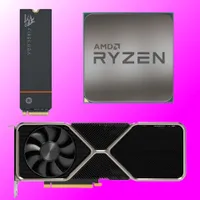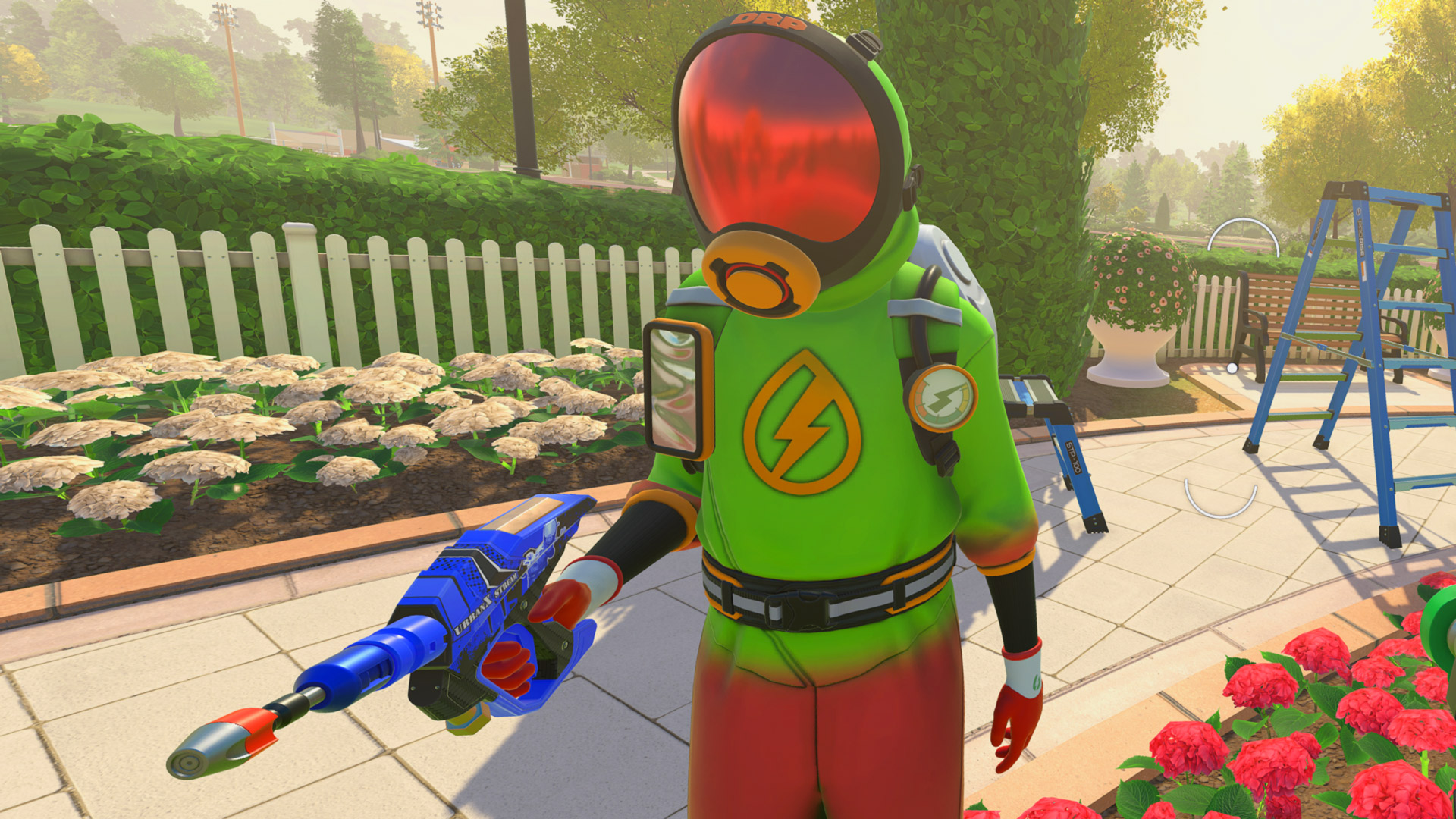Intel's new second-gen XeSS 2 upscaling tech with Frame Generation matches Nvidia's DLSS for features and might have the edge on AMD's FSR
More feature-complete than AMD's FSR and competitive with Nvidia DLSS.
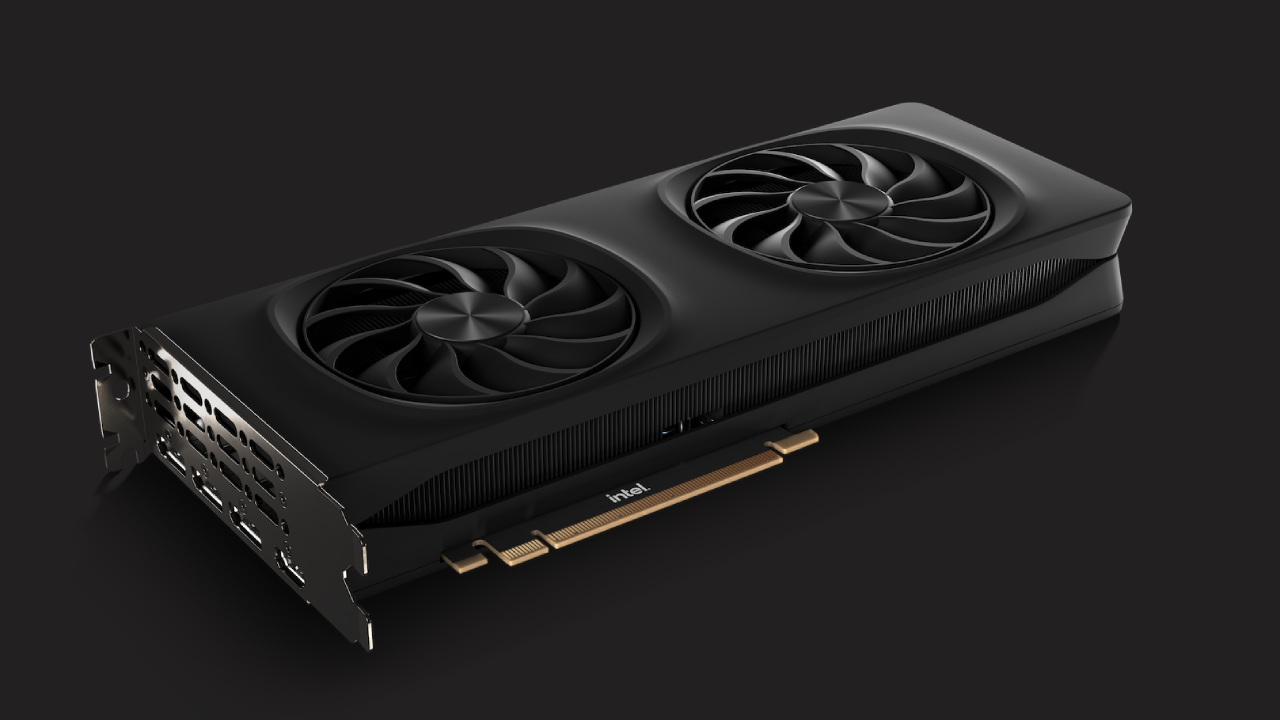
Intel has just unleashed its second-gen gaming GPUs, codenamed Battlemage and kicking off with the Arc B580 and B570 graphics cards. We're a little disappointed that they're only aiming at Nvidia's low-end RTX 4060 for now. But when it comes to features and tech, if anything Battlemage looks to have the edge on AMD. And that includes upscaling.
To complement the launch of Battlemage, Intel is also rolling out a new version of its upscaling tech, known as XeSS 2. The big news is the addition of frame generation, making it pretty much feature-competitive with Nvidia's DLSS.
Arguably, Intel actually has the edge on AMD. That's because Intel's GPUs sport XMX cores which are AI accelerators analogous to Nvidia's Tensor cores. That allows Intel to match Nvidia in having AI-accelerated upscaling, when AMD's scalers are essentially hand-coded. For now, AMD GPUs do not contain equivalent cores to Intel XMX or Nvidia Tensor.
Ostensibly, Intel's Frame Generation looks to be similar to Nvidia's DLSS algorithm. It uses data from previous frames including motion vectors and depth information to feed into optical flow and motion vector reprojection algorithms which are blended together to generate interim frames that can be inserted between frames fully rendered in the 3D pipeline.
Intel's claims for the total performance uplift are startling. In its highest performance mode running F1 24 at 1440p, XESS 2's upscaling combined with the new Frame Generation feature boosts performance from 48 fps to a faintly staggering 186 fps. That's a 3.9x uplift. Even using the highest visual quality, performance jumps by 2.8x to 136 fps.
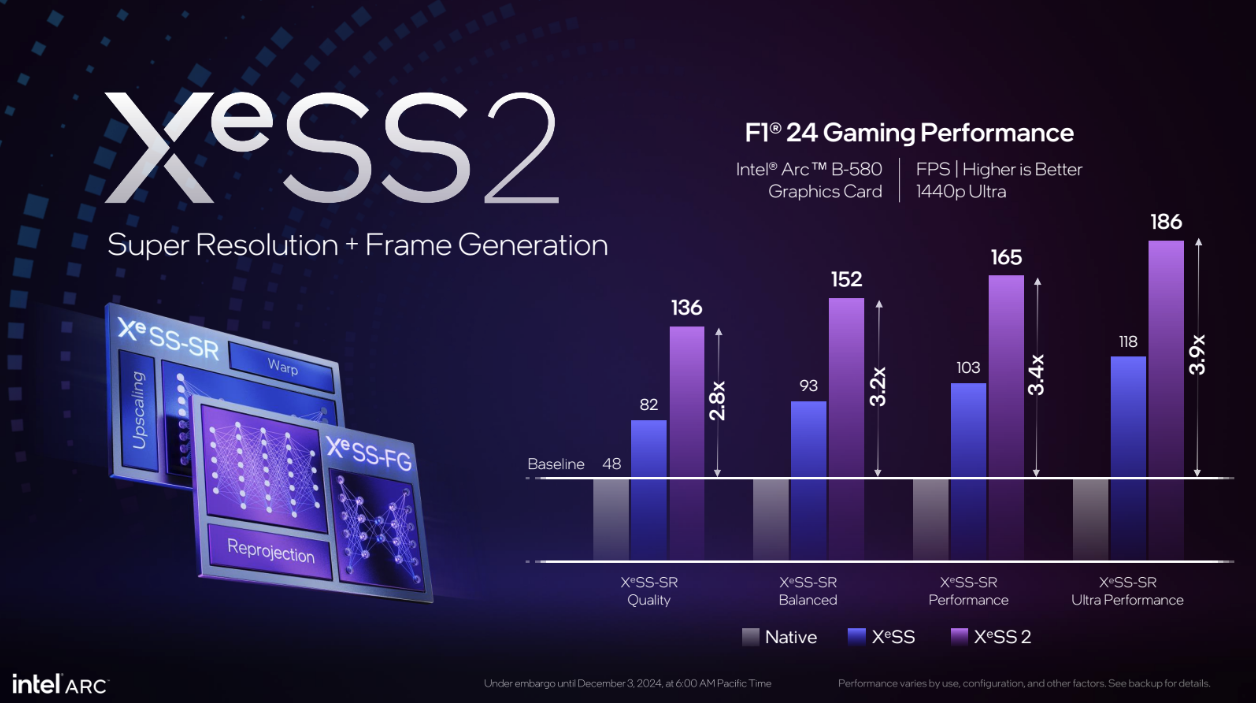
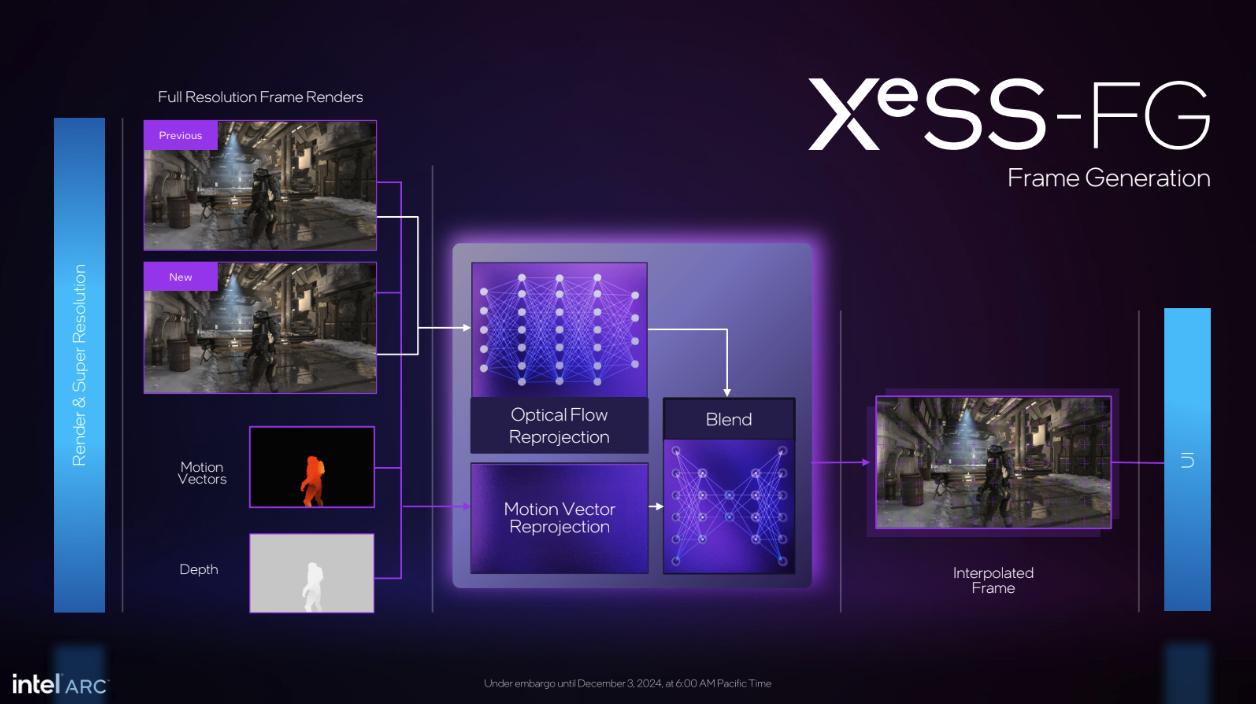
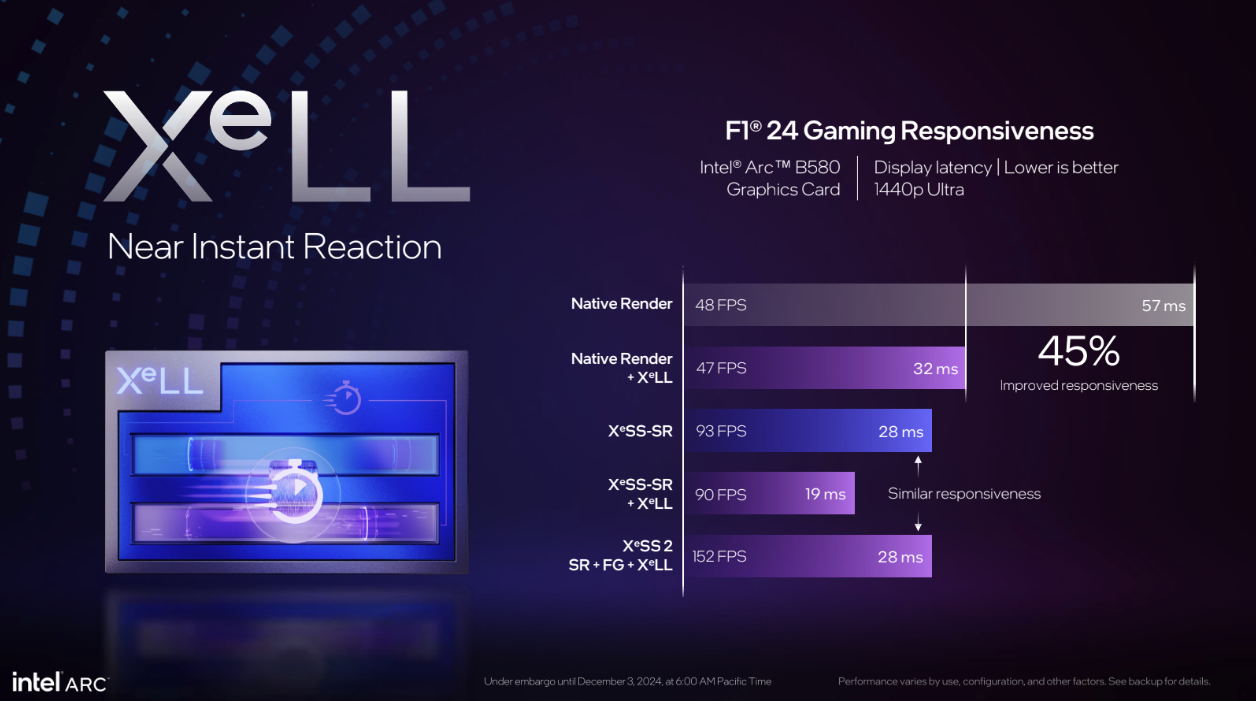
To complement XeSS Super Resolution scaling and the frame generation features, known as XeSS-SR and XeSS-FG for short, Intel is also introducing XeLL. Here, the "LL" stands for low latency.
This feature is analogous to Nvidia's Reflex tech and Intel claims it can reduce latency running at just under 50 fps from 57 ms to 32 ms. Intel also says the XeLL can be used to essentially offset the latency added when enabling its Frame Generation tech.
Keep up to date with the most important stories and the best deals, as picked by the PC Gamer team.
In other words, the latency achieved by the new B580 GPU is the same when using Super Resolution, Frame Generation and the Low Latency mode as it is just using the Super Resolution scaling. The idea being that you get the best of both worlds—the lower latency delivered by upscaling, plus the buttery smooth animation enabled by the frame generation.
When you add it all together, it's a very complete feature set that rivals Nvidia on paper and surpasses AMD's essentially non-AI gaming GPUs. Exactly how well XeSS 2 will perform in practice and how its image quality will compare with both Nvidia DLSS and AMD FSR, well, we'll have to wait and see.
Best CPU for gaming: Top chips from Intel and AMD.
Best gaming motherboard: The right boards.
Best graphics card: Your perfect pixel-pusher awaits.
Best SSD for gaming: Get into the game first.

Jeremy has been writing about technology and PCs since the 90nm Netburst era (Google it!) and enjoys nothing more than a serious dissertation on the finer points of monitor input lag and overshoot followed by a forensic examination of advanced lithography. Or maybe he just likes machines that go “ping!” He also has a thing for tennis and cars.
